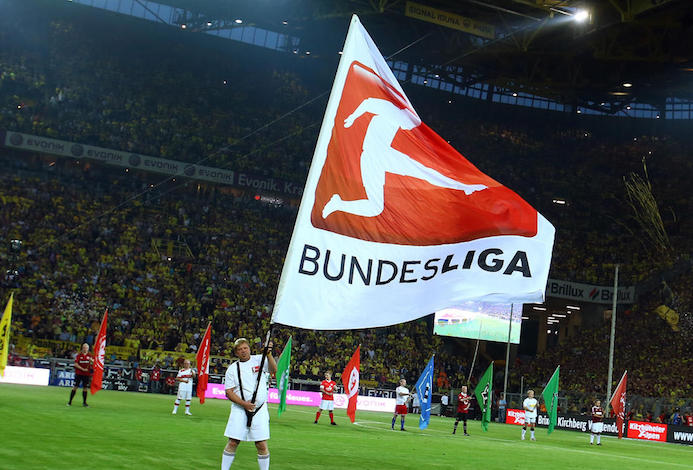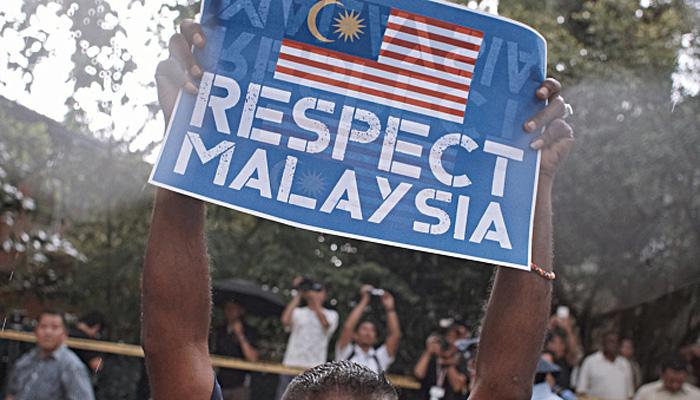English Premier League. You can engage in countless debates about its quality, but what you can never deny is its marketing prowess. It’s officially the most-watched football competition in Asia. But as Asian football evolves and grows, attention is now being switched towards Germany and the Bundesliga – a league that’s quickly transforming into a European hub for Asian footballers.
Shinji Kagawa, Makoto Hasebe and even Atsudo Uchida are just a few names that currently ply their trade in the Bundesliga – it even housed the likes of Son Heung-min and Shinji Okazaki until recently. And more are expected to flock into Germany in the next few years, as scouts attempt to unearth talents in East Asia.
A big part of the Asian market is undoubtedly Southeast Asia – a region filled with incredible talent that’s been largely bogged by horrendous systems and bureaucratic debauchery – which seems never-ending to say the least.
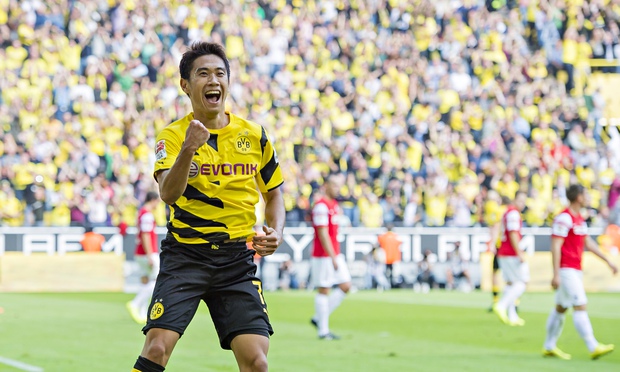 But with Thailand looking to assert themselves as Asian powerhouses and Johor DT’s mini revival in Malaysia, things do seem positive and it won’t be too long before young footballers from this region are shipped into Europe for development. And according to a certain football legend in Germany, Bundesliga should rank highly on their list of options.
But with Thailand looking to assert themselves as Asian powerhouses and Johor DT’s mini revival in Malaysia, things do seem positive and it won’t be too long before young footballers from this region are shipped into Europe for development. And according to a certain football legend in Germany, Bundesliga should rank highly on their list of options.
“German football has many similarities with Asian football. We play with a lot of discipline, and Asian players are very disciplined. They may be small, but they are hard-working, which fits well with the German style of playing football,” Lothar Matthaus said, when we spoke to him in Dusseldorf, recently.
As renowned German author Uli Hesse once pointed out, the Bundesliga was the first European league to host a Japanese and South Korean footballer – Yasuhiko Okudera and Bum-Kun Cha in 1977. That essentially converted the Bundesliga into a ‘role-model league’. Asian players now had predecessors to look up to and Germany was right smack in the middle of the picture. That allowed them to bypass the Premier League’s marketing influence and think of Germany as a legitimate destination to develop themselves.
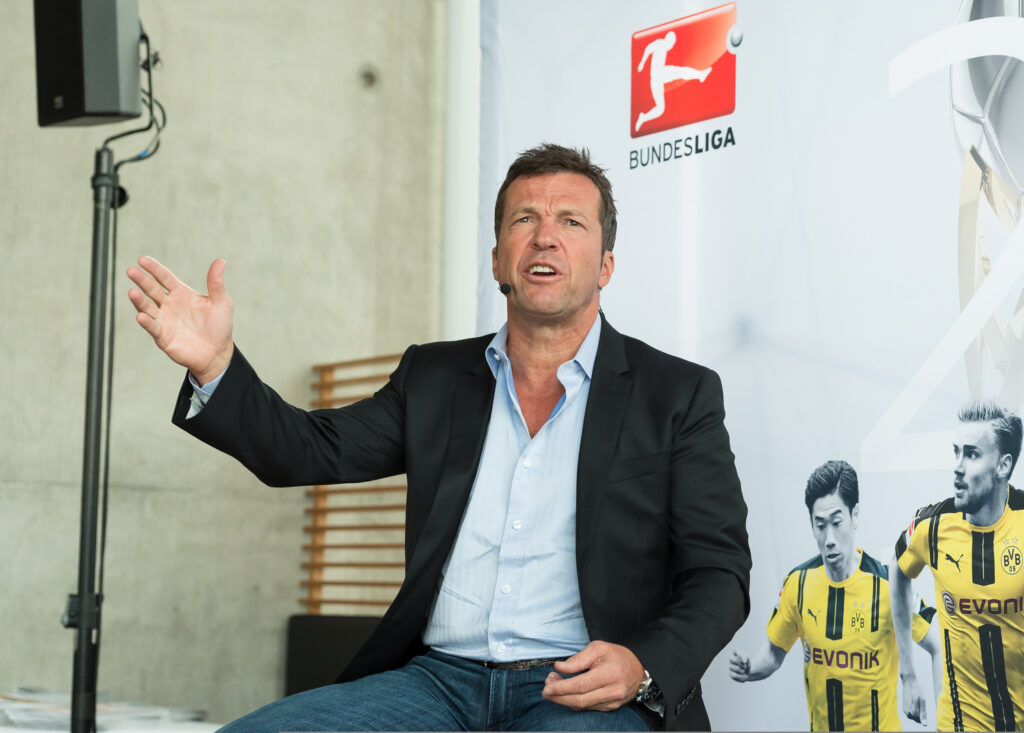
But of course, the ‘similarity’ that Matthaus spoke about has a lot weight to it as well. You can notice how Shinji Kagawa struggled to replicate his form with Man United, during an ill-fated stint in the Premier League. As soon as he returned to Borussia Dortmund, his ‘mojo’ was back. Similarly, Shinji Okazaki was a prolific goalscorer during his time with Mainz, scoring 12 goals and 15 goals in his two seasons with them. But he only managed to bang in five goals for Leicester last year and has evolved into a support striker, who rarely lasts 90 minutes.
“Look at other leagues in Europe. The Premier League is very physical and it’s very difficult for Asian players to adapt there. In Germany, we are not too physical, and it allows space for Asian players to showcase their technical abilities. That’s why players like Kagawa do well in the Bundesliga,” Matthaus added during the interview.
Similar concerns can be seen in Southeast Asia, where the English Premier League has established its brand impeccably. The only difference is, Malaysians and every other Southeast Asian doesn’t have a role model who has done well in the Bundesliga. That however, could change in the near future.
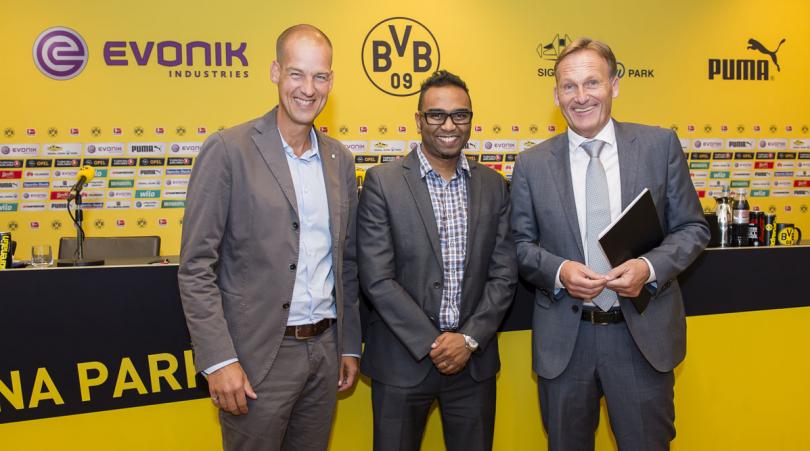
German giants Borussia Dortmund have opened an office in Singapore, which has helped them break into the Southeast Asian market over the last two years. Since the office was opened, Dortmund have established club partnerships with Johor Darul Ta’azim in Malaysia and Suphanburi City in Thailand. They visited Johor for a pre-season friendly match in July 2015 and currently have around three full-time coaches stationed in Johor Bahru, to help the Southern Tigers set-up and develop their new youth development blueprint. Johor DT are even planning to send some of their young talents for training stints in Germany.
Even the National Football Development Programme’s (NFDP) blueprint in Malaysia was partially based on the German football revolution that took place after the 2000 European Championship in France, as revealed by Youth and Sports minister, Khairy Jamaluddin. In fact, Raphael Honigstein’s highly acclaimed book ‘Das Reboot’ features anecdotes about ex-Malaysian international Lim Teong Kim, who was once a youth coach at Bayern Munich. He currently spearheads the NFDP program.
Ex-Dortmund star Lars Ricken, who is now in charge of Der BVB’s youth development department, also believes the Bundesliga is perfect for Asians [and Southeast Asians], having observed the likes of Shinji Kagawa, and even Malaysia’s Gary Steven Robbat, who spent three months with Dortmund U-23 team, last year.
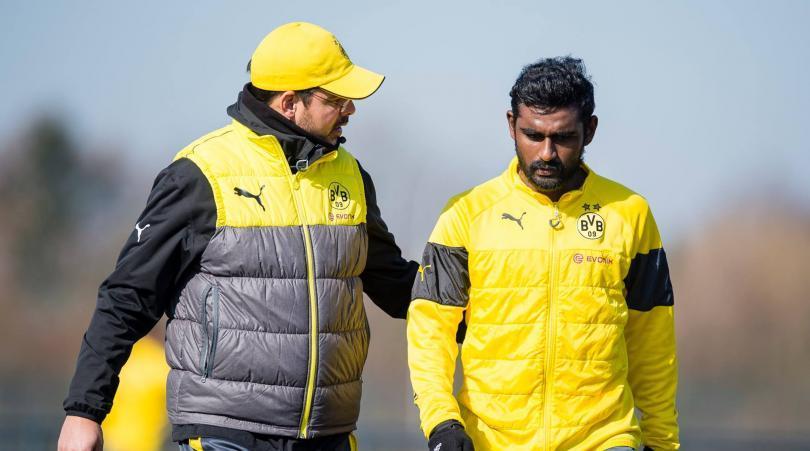
“Asian players are small and not as big as the players in Europe. But it doesn’t matter because the style of football in Germany is direct. We are compact, we keep things tight, and Asian players are able to adapt easily. You see them in the training ground every day and they are always so quiet, but focused. You don’t need to be physically big to succeed in the Bundesliga,” said Ricken, who famously scored the winner in Dortmund’s 1997 Champions League final triumph over Juventus .
The Premier League’s popularity in Southeast Asia means young kids would always grow up aspiring to play for Premier League sides – an aspiration that has minimal chances of ever turning into reality, thanks to the difficulty in obtaining a British work permit, but more importantly the physical aspect of English football. Now that we have Die Mannschaft breaking international boundaries, and German sides spreading the Bundesliga brand across the region, maybe it’s time for Malaysian and other Southeast Asian kids to shift their aspirations a little.
“Ultimately, it’s up to the country and what brand of football they wish to play. Different cultures have different football brands. The Dutch play differently, we play differently, the English play differently. If they choose to follow the German football style, then so be it. But based on my observation, Bundesliga’s style is similar to Asian footballers,” Matthaus concluded.
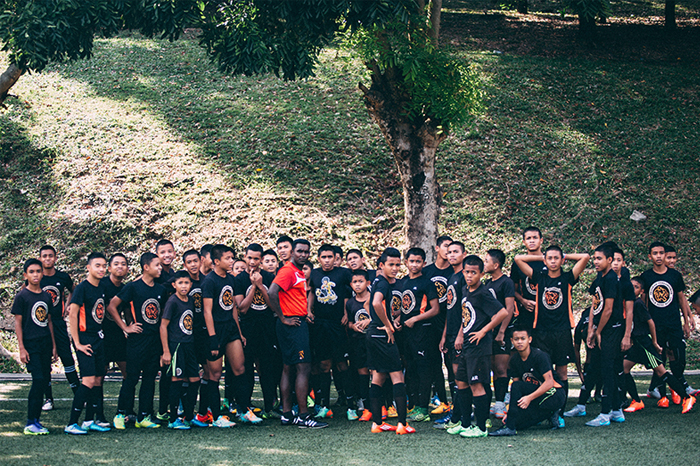
The kids in Malaysia and Southeast Asia merely need their own versions of Yasuhiko Okudera and Bum-Kun Cha to pave the way and open the Bundesliga floodgates. And judging by Bundesliga’s growth curve in Southeast Asia, it only seems like a matter of time before that happens.
Other posts by Keeshaanan Sundaresan

